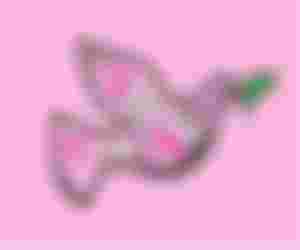Autonomy Day (Filipino: Araw ng Kasarinlán; otherwise called Araw ng Kalayaan, "Day of Opportunity") is a yearly national occasion in the Philippines saw on June 12,commemorating the assertion of Philippine freedom from Spain in 1898.
The soonest recorded was when Andres Bonifacio, alongside Emilio Jacinto, Restituto Javier, Guillermo Masangkay, Aurelio Tolentino, Faustino Manalak, Pedro Zabala and scarcely any different Katipuneros went to Pamitinan Collapse Montalban, Rizal to start new individuals from the Katipunan. Bonifacio composed Viva la independencia Filipina! or on the other hand Long Live Philippine freedom on dividers of the cavern to communicate the objective of their mystery society.Bonifacio additionally drove the Call of Pugad Lawin, which flags the start of Philippine Transformation. Individuals from the Katipunan, drove by Bonifacio, tore their locale charge endorsements (cedulas personales) in dissent of Spanish conquest.
The Philippine Unrest started in 1896. The Settlement of Biak-na-Bato, marked on December 14, 1897, built up a détente between the Spanish frontier government and the Filipino progressives. Under its terms, Emilio Aguinaldo and other progressive pioneers went into oust in Hong Kong.
At the episode of the Spanish–American War, Commodore George Dewey cruised from Hong Kong to Manila Sound driving the U.S. Naval force Asiatic Unit. On May 1, 1898, Dewey crushed the Spanish in the Clash of Manila Straight, which adequately put the U.S. in charge of the Spanish pilgrim government. Soon thereafter, the U.S. Naval force moved Aguinaldo back to the Philippines.Aguinaldo showed up on May 19, 1898 in Cavite.
On June 5, 1898, Aguinaldo gave an announcement at Aguinaldo house situated in what was then known as Cavite El Viejo declaring June 12, 1898 as the day of freedom. The Acta de la Proclamacion de la Independencia del Pueblo Filipino was seriously perused by its creator, Ambrosio Rianzares Bautista, Aguinaldo's war advisor and extraordinary delegateThe 21-page announcement was marked by 98 Filipinos, designated by Aguinaldo, and one resigned American gunnery official, Colonel L. M. Johnson.The Philippine banner was formally spread out just because at about 4:30 p.m, as the Marcha Nacional Filipina was played by the band of San Francisco de Malabon.
The decree was at first confirmed by 190 civil presidents from the 16 regions constrained by the progressive armed force August 1, 1898, and was again endorsed on September 29, 1898 by the Malolos Congress.
The Philippines neglected to win universal acknowledgment of its autonomy, explicitly including the US of America and Spain. The Spanish government later surrendered the Philippine archipelago to the US in the 1898 Arrangement of Paris. The Philippines Progressive Government didn't perceive the arrangement and the different sides in this way battled what was known as the Philippine–American War.
The US of America allowed autonomy to the Philippines on July 4, 1946. As per the Philippine Freedom Act (all the more prevalently known as the "Tydings–McDuffie Act"), President Harry S. Truman gave Announcement 2695 of July 4, 1946 formally perceiving the autonomy of the Philippines.around the same time, the Settlement of Manila was signed.

